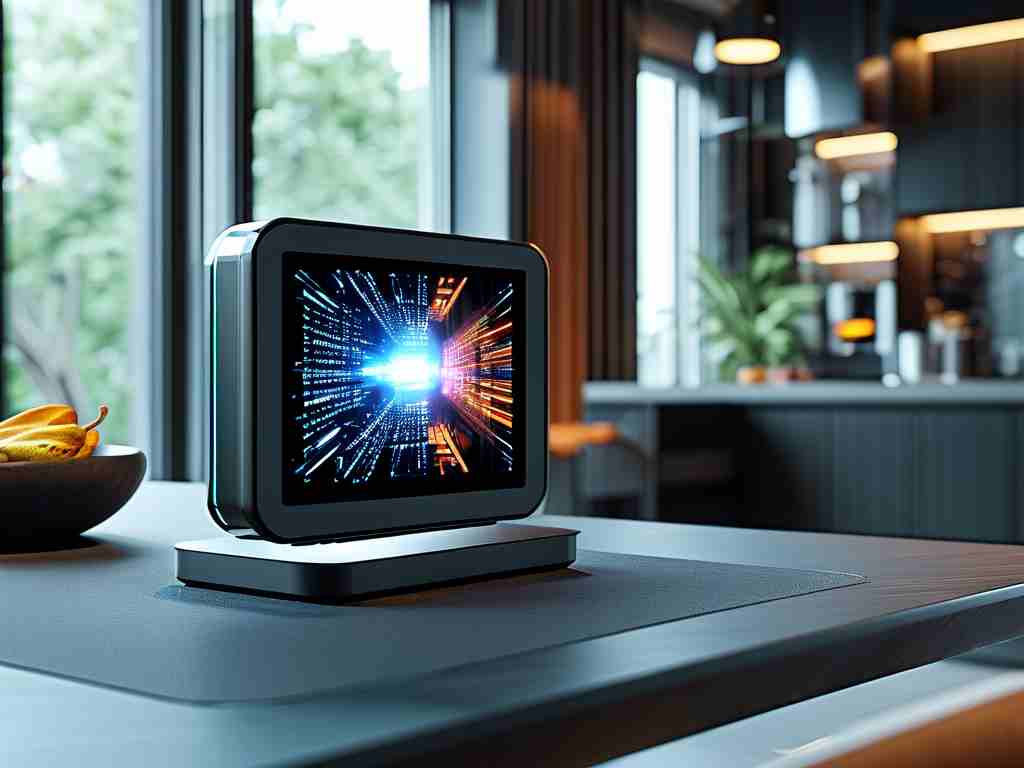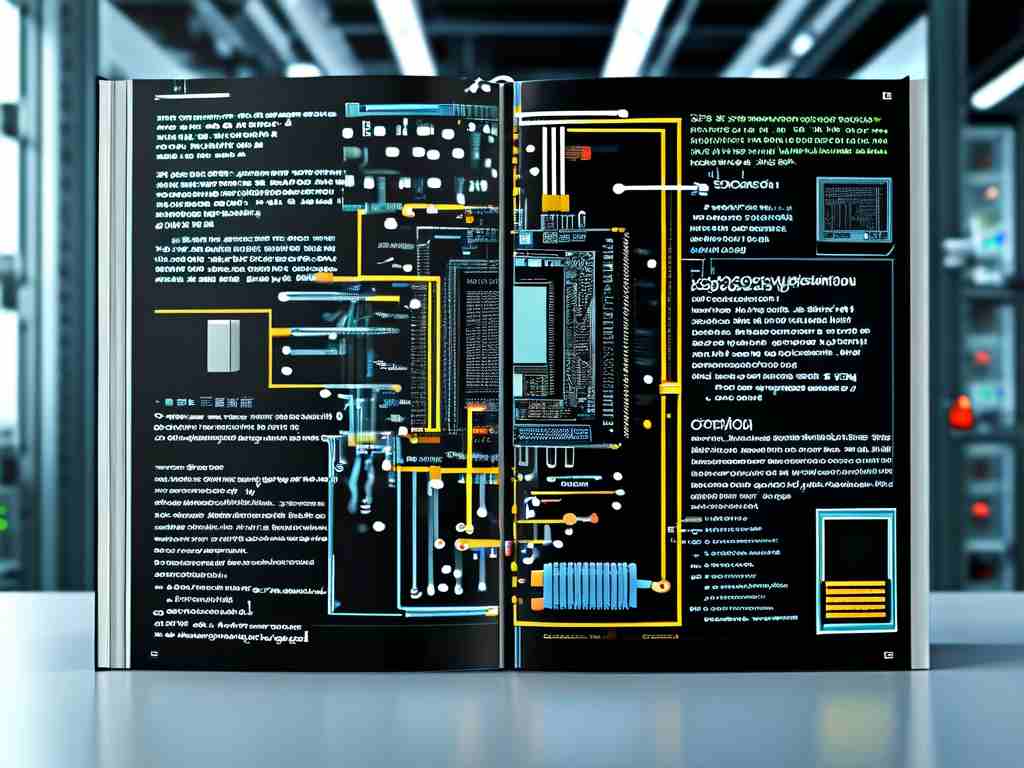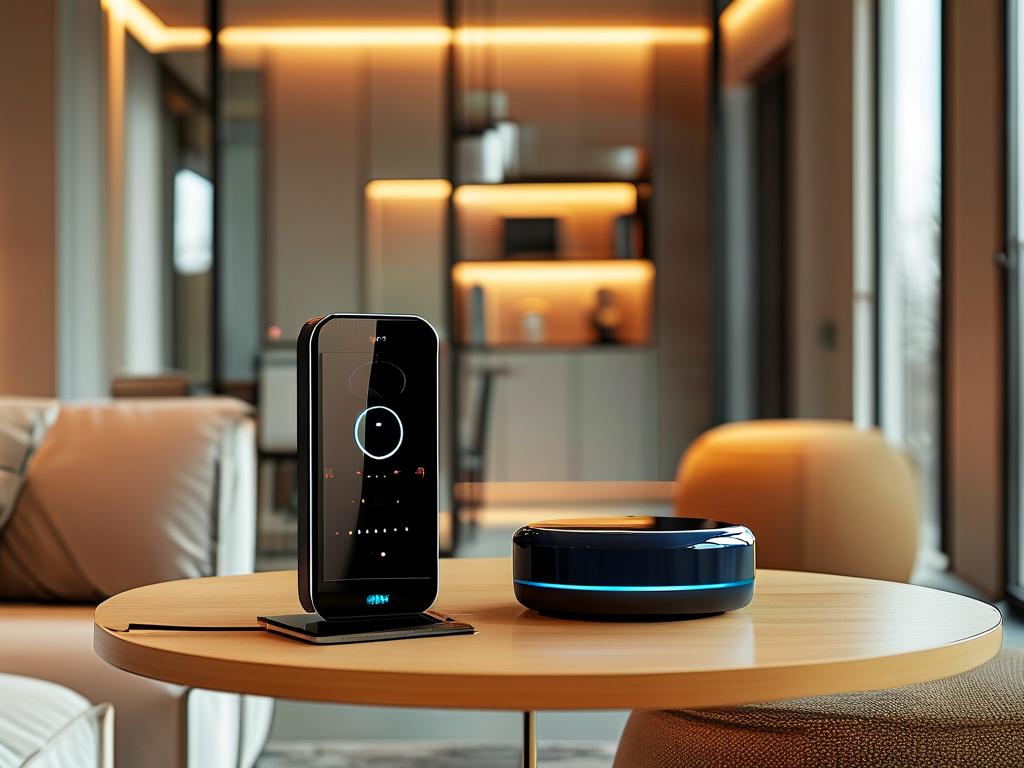The field of embedded development continues to evolve rapidly, driven by advancements in connectivity, miniaturization, and energy efficiency. For developers and businesses looking to capitalize on this momentum, identifying the right product categories is critical. This article explores high-potential areas in embedded systems, offering insights into market demands, technical challenges, and innovative use cases.

Smart Home Automation
One of the most promising domains for embedded development is smart home automation. With the global smart home market projected to exceed $150 billion by 2024, devices like intelligent thermostats, security cameras, and voice-controlled appliances are in high demand. Embedded systems here require low-power microcontrollers (e.g., ESP32 or STM32) paired with wireless protocols such as Zigbee or Thread. A key challenge lies in ensuring seamless interoperability across ecosystems like Amazon Alexa or Google Home. Developers must also prioritize security to prevent vulnerabilities in connected devices.
A practical example is a smart lighting system that adjusts brightness based on occupancy sensors. Below is a simplified code snippet for an Arduino-based prototype:
#include <Arduino.h>
void setup() {
pinMode(LED_PIN, OUTPUT);
initializeMotionSensor();
}
void loop() {
if (detectMotion()) {
adjustBrightness(ambientLightLevel());
}
}
Industrial IoT (IIoT) Solutions
Industrial IoT remains a cornerstone of embedded innovation. Predictive maintenance sensors, asset-tracking modules, and edge-computing gateways are reshaping manufacturing and logistics. These systems often rely on real-time operating systems (RTOS) and ruggedized hardware to withstand harsh environments. For instance, vibration sensors embedded in machinery can transmit data via LoRaWAN to predict equipment failures, reducing downtime by up to 30%.
Developers entering this space should focus on optimizing power consumption and data transmission efficiency. Technologies like NB-IoT and LTE-M are gaining traction for their balance of range and bandwidth. Additionally, integrating machine learning models at the edge—such as anomaly detection algorithms—can add significant value.
Healthcare Wearables
The healthcare sector offers fertile ground for embedded solutions, particularly in wearable devices. Continuous glucose monitors, ECG patches, and fall-detection pendants are examples of products blending hardware precision with software intelligence. These devices demand ultra-low-power components (e.g., ARM Cortex-M0+) and compliance with medical regulations like FDA Class II certifications.
A notable trend is the fusion of biometric sensors with AI-driven analytics. For example, a wearable heart rate monitor might use TinyML to detect arrhythmias locally, minimizing reliance on cloud processing. This approach not only enhances privacy but also reduces latency—a critical factor in medical applications.
Agricultural Automation
Embedded systems are revolutionizing agriculture through precision farming tools. Soil moisture sensors, drone-based crop monitors, and automated irrigation controllers help farmers optimize resource usage. These products often incorporate solar-powered energy harvesting and long-range communication modules like Sigfox. Challenges include ensuring durability in outdoor conditions and designing user interfaces accessible to non-technical users.
Automotive Innovations
The automotive industry’s shift toward electric and autonomous vehicles has amplified demand for embedded solutions. Battery management systems (BMS), advanced driver-assistance systems (ADAS), and in-vehicle infotainment (IVI) platforms rely heavily on robust embedded architectures. Technologies such as AUTOSAR and CAN bus protocols dominate this space, with a growing emphasis on cybersecurity frameworks.
Choosing the Right Path
Success in embedded development hinges on aligning product ideas with market needs and technical feasibility. Factors to consider include:
- Scalability: Can the design adapt to future hardware or software updates?
- Regulatory Compliance: Are there industry-specific certifications required?
- Cost Efficiency: How can BOM costs be minimized without compromising quality?
Collaboration with cross-disciplinary teams—including hardware engineers, firmware developers, and UX designers—is essential for delivering cohesive solutions. Additionally, leveraging open-source tools like FreeRTOS or Zephyr OS can accelerate prototyping.
In , embedded development thrives at the intersection of creativity and technical rigor. By focusing on high-growth sectors like smart homes, IIoT, healthcare wearables, and automotive tech, developers can build products that not only meet current demands but also shape tomorrow’s technological landscape.









